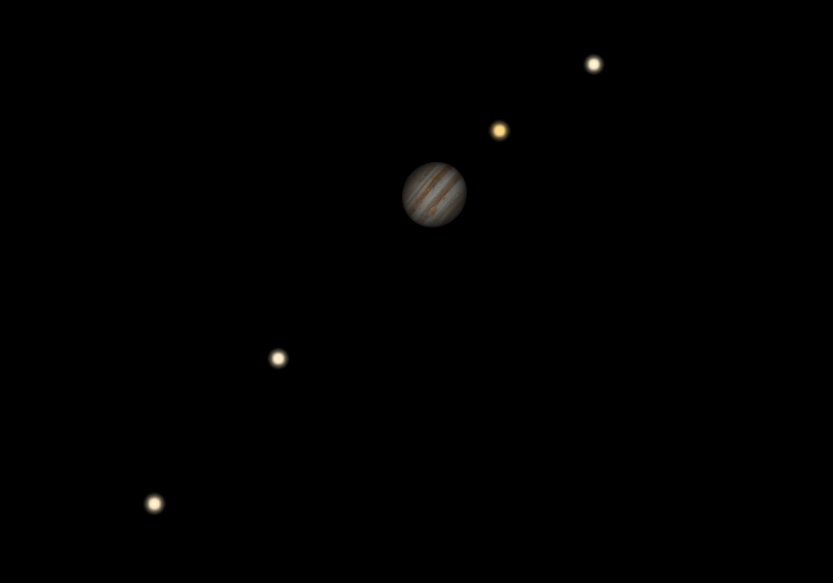If you’ve seen or read any astronomy news blurbs over the last week or two, you have probably come across the terms Jupiter is at “opposition” and “perigee” making it bright and easily visible in the Eastern sky. In astronomy, opposition is a term used to describe when a planet is directly opposite the Sun in its orbit as viewed from Earth. During opposition, the Earth passes between the Sun and an outer planet, in this case Jupiter.

Note: Planets and distances are not to scale.
Image credit: ConceptMastery.com
Perigee, on the other hand, is the word used for a planet’s closest approach to Earth. Keep in mind that the planets of our Solar System travel in elliptical orbits (not circular). As a planet moves in it orbits, it will come to a nearest point to Earth (perigee) and farthest point (apogee). For Jupiter, these numbers equate to roughly 400 million miles and 600 million miles, respectively.

Image Credit: ConceptMastery.com
Because of the elliptical orbits of the planets, opposition and perigee don’t typically occur at the same time, but are very close. This year, Jupiter’s opposition occurred on June 10 and its perigee took place on June 12.
If you missed seeing Jupiter on these particular days, no need to worry. It is still visible and bright. If you have a pair of binoculars or a telescope, you might be able to view its banded atmosphere and can even see its four Galilean moons: Io, Europa, Ganymede, and Callisto.

Image made with Stellarium.

